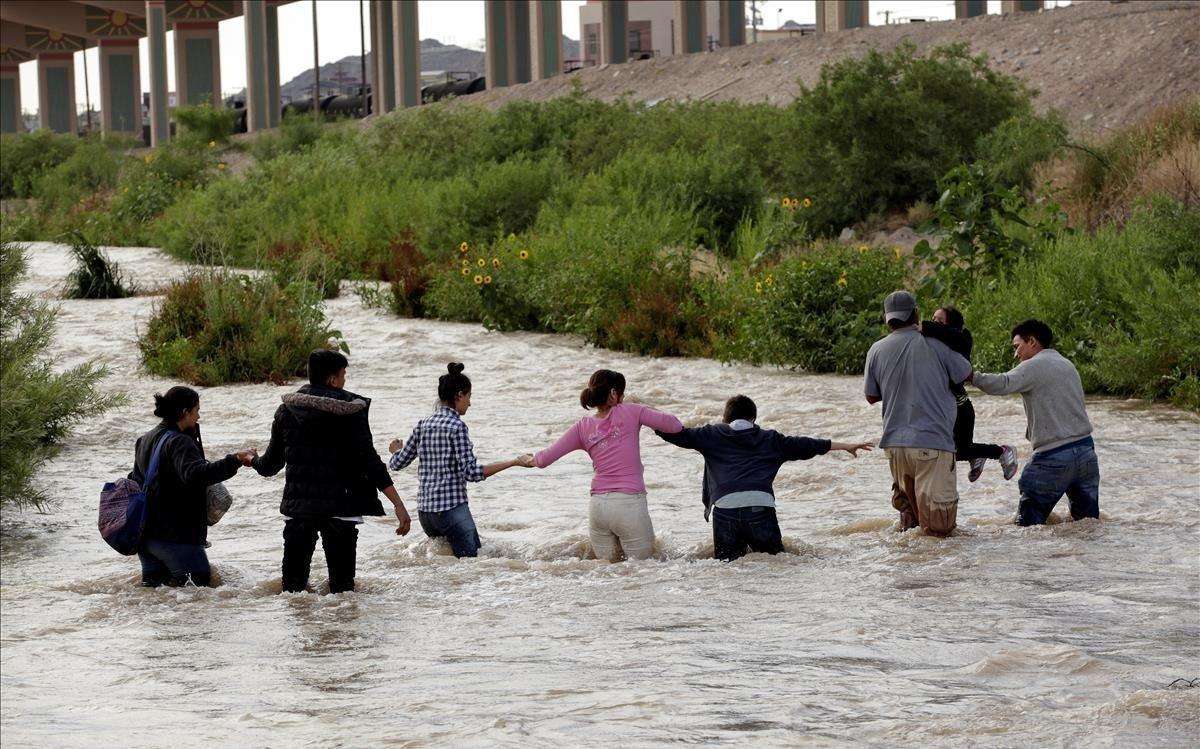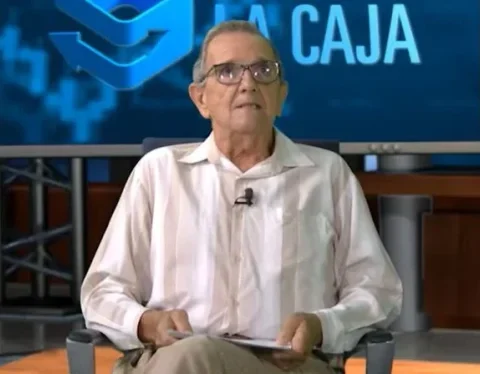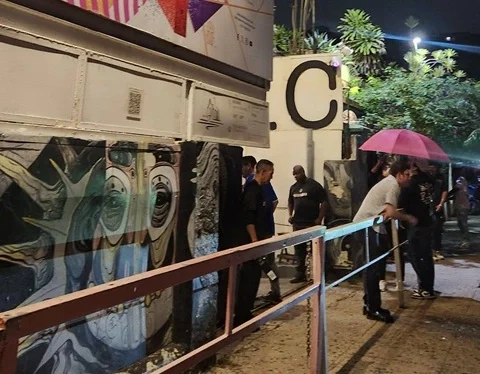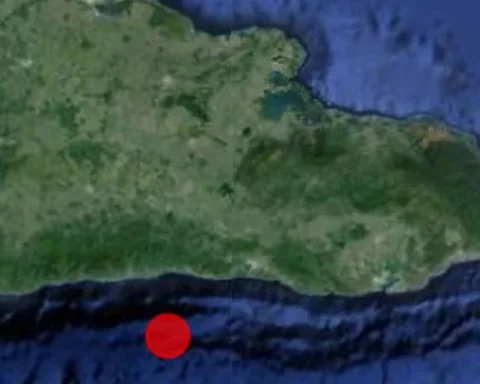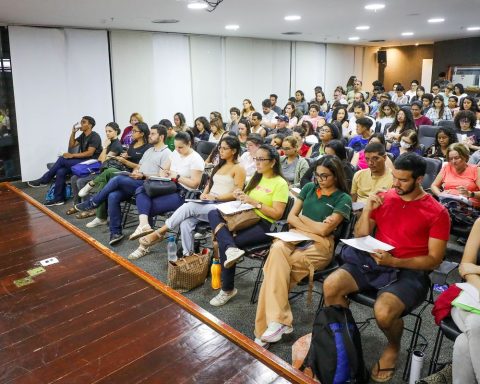Border gatherings continue to hover around half of what they were before Title 42 was lifted, Biden administration officials said Wednesday, a significant drop following the end of Trump’s policy.
“Since May 12, the United States Border Patrol has experienced a steady decrease in daily encounters,” said Blas Nuñez-Neto, director of operations for Customs and Border Protection.
Encounters are defined as interactions between US border officials and foreign nationals trying to cross the border without prior authorization.
Before the lifting of Title 42, on May 11, border gatherings were around 10,000 people per day, a total that now averages around 4,400 people per day, with figures in the last two days below the 4,000.
“This represents a 56% decrease, less than half the average found in the four days prior to the lifting of Title 42,” Núñez-Neto said.
“However, it is still too early to draw any firm conclusions here about where these trends will go over the next few days and weeks.”
With the end of Title 42, the Department of Homeland Security (DHS) has reverted to the use of expedited processing under Title 8 authorities. It comes with a potential five-year bar on re-entry if attempting to enter without documents.
This is coupled with a program launched earlier this year that allows Cubans, Venezuelans, Nicaraguans and Haitians to apply for temporary entry to the United States, but they must have a valid passport and secure a financial sponsor.
Nuñez-Neto said that since May 12, Customs and Border Protection (CBP) has processed 5,000 applications for the program through the CBP One application. And he said that the nationalities in the border have changed after the policy change. Mexicans now make up about a quarter of those found, though the overall numbers are declining.
“The top three nationalities we are currently seeing at the border are 1,000 people per day from Mexico, 510 per day from Colombia, and 470 per day from Guatemala. Instead, in the days before Title 42 was lifted, we were seeing 2,400 people a day from Venezuela, 1,900 a day from Mexico and 1,400 a day from Colombia,” he said.
The drop in meetings comes as Republican governors have sent their own staff to the border. Texas Governor Greg Abbott (R) and Florida Governor Ron DeSantis (R) argue that they need to send reinforcements.
“There is coordination at the local level every day. However, at times we have seen Governor DeSantis and Governor Abbott take actions that are actually being done for purely political reasons and that do not involve the kind of coordination that we really need to see at the border,” Nuñez-Neto said.
“We are confident in the ability of our men and women on the front lines to conduct their border operations in a safe, humane and secure manner. And again we call on governors to ensure that any steps they take are done in coordination with our federal staff.”
